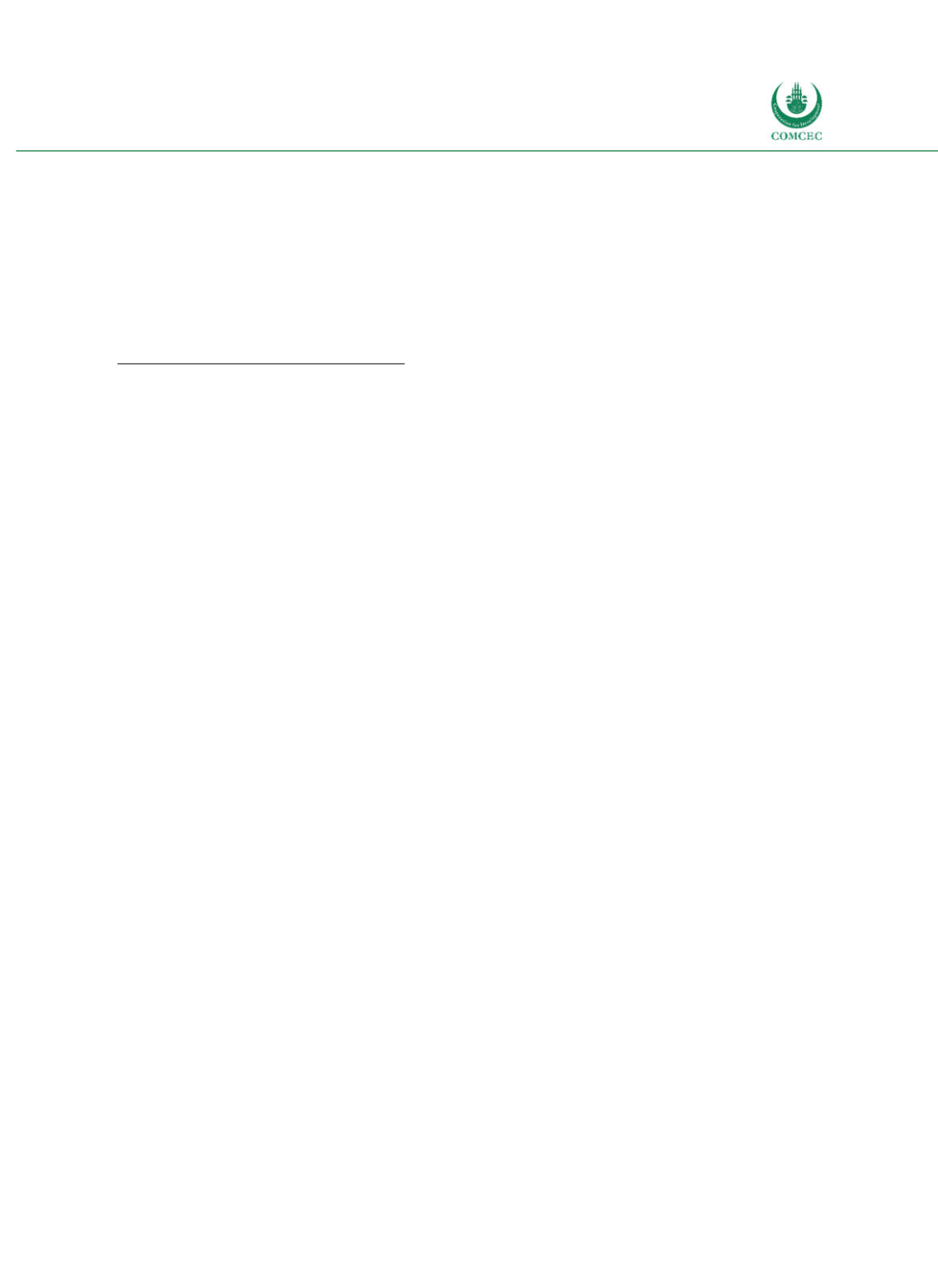

Improving Public Debt Management
In the OIC Member Countries
167
also started to issue government securities. The deficit in 2016, which is estimated at 13.6% of
GDP following the sustained decline of oil prices, will be financed by a deposit drawdown of
$100 billion and domestic and international borrowing (IMF 2016a, Kerr 2016). Until 2016,
Saudi Arabia’s public debt has consisted completely of domestic debt. In 2016, the debt level is
estimated at 17.2% of GDP. Public debt is projected to increase to 25.8% of GDP in 2017, and
Saudi Arabia might has to seek new ways for funding of government expenditures in times of
sustained low oil prices (Kerr 2016, Kerr and Moore 2016).
B) Public Debt Management
Governance and Strategy Development
Legal framework
Saudi Arabia has not yet introduced a comprehensive law or specific regulation on public debt
management. The Ministry of Finance (MoF) is rather authorized to issue debt on an annual
basis by the Council of Ministers (IMF 2016b). The legal framework and accountability
structures of debt management are still being in the process of development.
Managerial structure (incl. coordination with other policies)
In the past, the Saudi Arabian Monetary Authority (SAMA) was responsible for executing
public debt management functions as an agent for the government. The SAMA also acts as
banker to government and is responsible for the supervision of commercial banks. Moreover,
it assumes all responsibilities of a central bank (COMCEC 2016a). The Capital Market Authority
(CMA) regulates and oversees all activities related to the Saudi Arabian Capital Markets, which
also include bond markets (CMA 2016).
Saudi Arabia has established a Debt Management Office (DMO) for preparing and executing the
kingdom’s first international bond sale (IMF 2016b, Martin and Bianchi 2016). Debt
management functions are planned to be consolidated in one agency with operational
authority (IMF 2016b). The government is aware that prudent public debt management is now
important for securing the stability of the financial system (SAMA 2016a).
Debt reporting
The SAMA publishes data on public debt in the annual Financial Stability Reports. Data on
contingent liabilities is not published.
Debt management strategy (incl. risk management)
One of the most important objectives of SAMA is the application of marketoriented practices
in domestic debt markets, which play an important role for costeffectiveness and
diversification in debt management (AlSayari 2003). The MoF is currently defining the debt
management policy. Until now, there is no publicly available comprehensive debt management
strategy, which outlines the specific objectives and indicators for public debt and risk
management.
The CMA supports enhancing the stability of the capital market, developing debt (including
sukuk
) and derivative markets, improving internal efficiency and effectiveness and reforming
external risk management in accordance with the Strategic Plan 20152019 (SAMA 2016a,
CMA 2016).
















